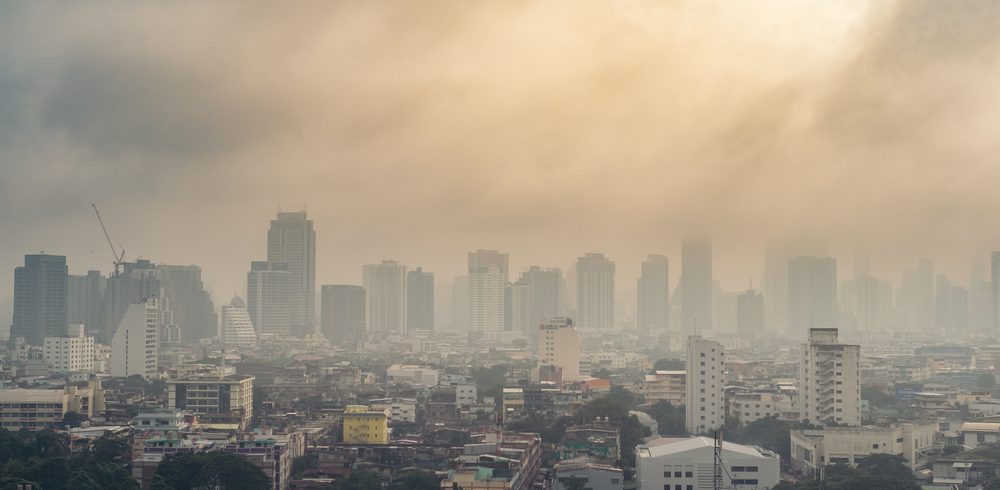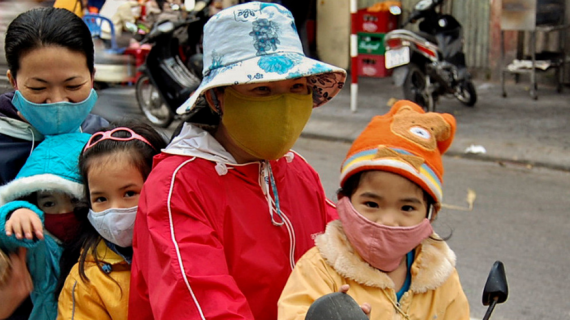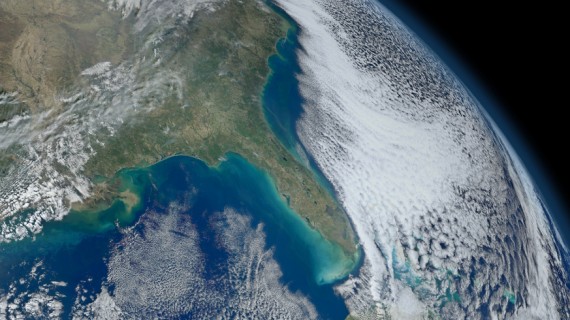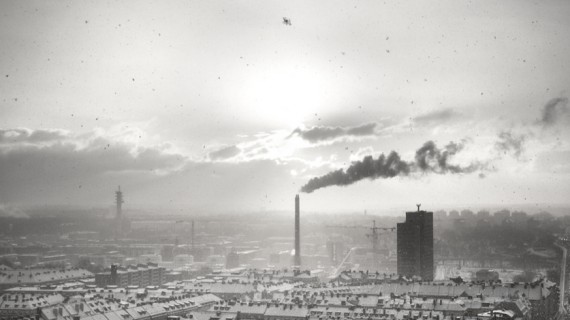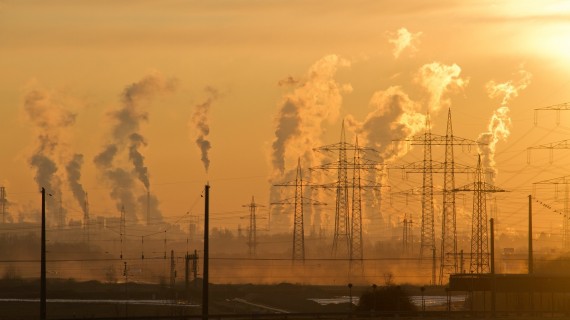With global warming on the rise, climate change is affecting our lives in ways that we might never have even imagined. We have heard about different seasons presenting different threats. The west coast experiences wildfires, whereas the east coast deals with hurricanes. Now, people are wondering whether there are any other dangers that they need to be aware of, such as air pollution season.
Although pollution can seem like a year-long challenge, it fluctuates depending on the time of the year. As climate change accelerates, pollution intensity is expected to increase. The combination of air pollution season coupled with climate change is a recipe for disaster.
Countries across the globe, from Pakistan to Brazil, are experiencing unprecedented air pollution season. This post dives deeper into the subject.
Ozone: The Good and the Bad
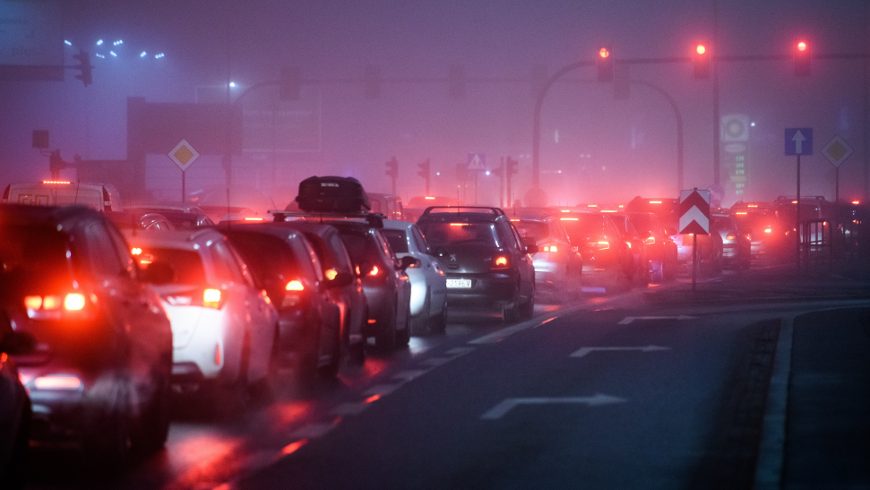
To better understand the air pollution season with climate change, it is important to learn about the ozone. It is a gas that is made up of three different oxygen atoms. These atoms form in the upper atmosphere naturally.
The ozone is crucial for our existence as a species. It helps protect the Earth from UV radiation. On the other hand, ground-level ozone is not formed naturally, unlike high-altitude ozone, despite the two being chemically equivalent.
Instead, ground-level ozone is a byproduct of volatile organic compounds and nitrogen oxides that react to sunlight and heat. These pollutants are produced by emissions from industrial plants, wildfire smoke, refineries, electric unities, and exhaust from cars.
Since ground-level ozone does not rise, it ends up building at the Earth’s surface. This means that we end up breathing in dangerous pollutants.
One of the main causes of ground-level ozone is the existence of urban areas. However, winds transport the ozone hundreds of kilometers away to other regions.
Weather conditions and topography influence the formation and transportation of ozone. Thus, some regions have a lower air quality.
Climate Change and Air Quality

Climate change and air pollution are correlated. The reason behind this is that air pollutants and greenhouse gases have the same source. The two determine air quality.
Since ozone levels are affected by weather, volatile organic compounds and photochemical reactions depend on bright sunshine and high temperatures. These conditions are possible during the summer.
High temperatures result in dry weather conditions, which contribute to high ozone levels. Drought stress affects vegetation which only further hampers the condition.
Research shows that hemispheric background concentration would only increase as forest fires become more common. Climate change is expected to increase the nitrate burden along with other aerosol species, and this would only further worsen the air pollution season. Besides this, the increase in wildfires will present more challenges.
The fact is that nitrogen oxides, non-methane VOCs, and carbon monoxide reduce the oxidant power of the atmosphere. This increases the life of methane which is a warming agent.
On the other hand, sulfur dioxide has the potential to convert to sulfate particles which may have a cooling ability.
Air pollution season is only likely worse with climate change speeding up. Populations will need to wear facemasks and use air purifiers if the trend continues since the WHO (World Health Organization) reported that air pollution kills 7 million people every year.
Need for New Laws
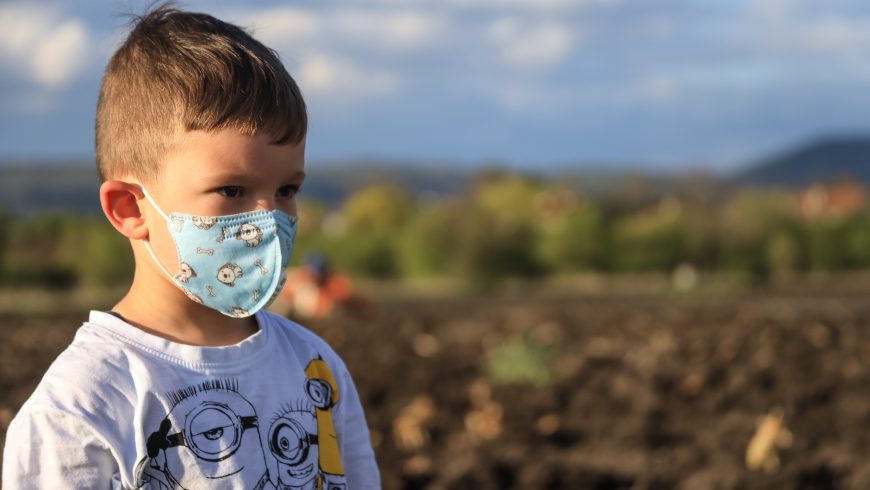
People are suffering from respiratory infections, heart disease, and lung cancer due to air pollution. It is possible that seeing a clear blue sky might become a luxury in the near future. Hence, new laws must be enacted.
Policies at the city, state, and national levels are required to help clean the air and ensure a safer environment for everyone. Developing local policies is just not enough as there is a need to consider things from a global perspective.
The truth is that anything that happens in the world affects everyone. Only through landfill maintenance, clean water efforts, recycling initiatives, and regulations on Co2 emissions are it possible to reduce air pollution during the heavy season.
Weather Events Impact the Air
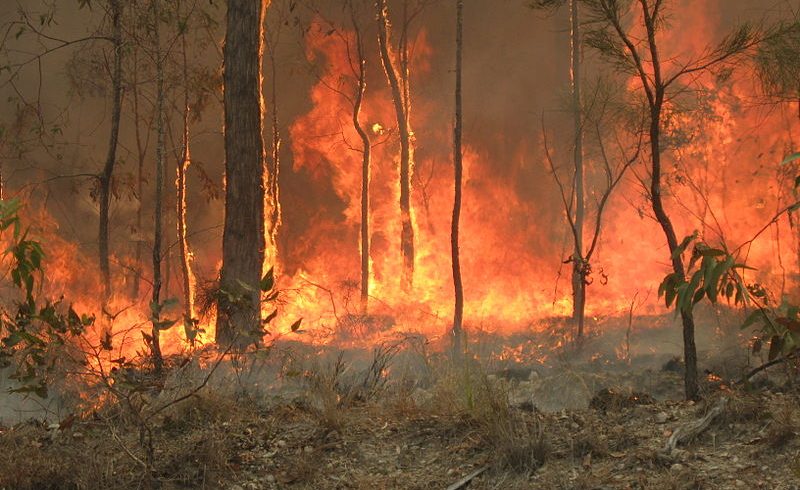
The year 2020 saw the worst wildfires in Australia. Then, wildfire season wreaked havoc on Western America. Particulate matter was released by the fires, which is deleterious to inhale.
Anyone that inhales these particles suffers from lasting respiratory damage as the particles penetrate deep into the lungs and flow through the bloodstream.
Air pollution season will be intense with climate change.
Indoor Air Pollution

Since the air pollution season will only get worse, the number of contaminants will only increase. Therefore, people will prefer to spend time indoors. However, it does not mean that they would be entirely safe.
When the HV/AC unit circulates fresh air through the home, one should not expect that every particle would be caught by the low-quality filters. Hence, people will install only the best air filters to reduce dust, allergens, and pollution.
Furthermore, plants can help in cleaning the indoor air and reducing domestic pollution.
It is important to note that air pollution also affects the rate at which viruses spread. Anyone who lives in a high-risk zone has no option but to install a filter that effectively blocks out 99 percent of particles.
Neighborhoods require sensors as air pollution worsens. It is important to monitor the air quality and use the insights for better decision-making.
Besides, low-income communities tend to live in neighborhoods that have been developed on cheap land due to nearby pollution sources.
By attaching air sensors in homes, it is possible to monitor indoor and outdoor air quality. The data obtained can be used by local governments for green alternative funding.
The technology can help find solutions to combat the air pollution season. Each software development company is also trying to develop something unique for the masses.
Sensors provide a variety of information, including air quality, the presence of air particles, and more. Moreover, there are plenty of affordable air sensors that are available today.
Conclusion
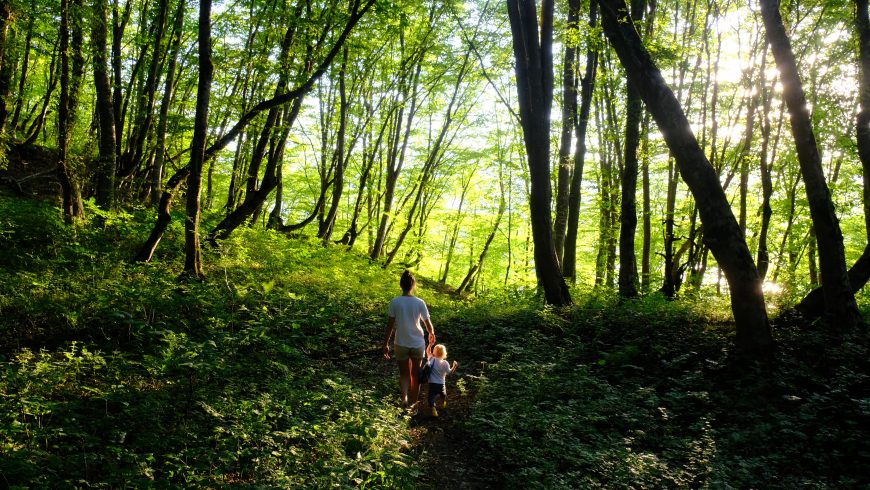
With climate change on the rise, air pollution season is something that we all need to be prepared for.
The coming future will be more difficult. Hence, it is important to raise our voices and fight for a better future. The only way to preserve our planet is by working together.
Cover image: photo via Shuttelstock

